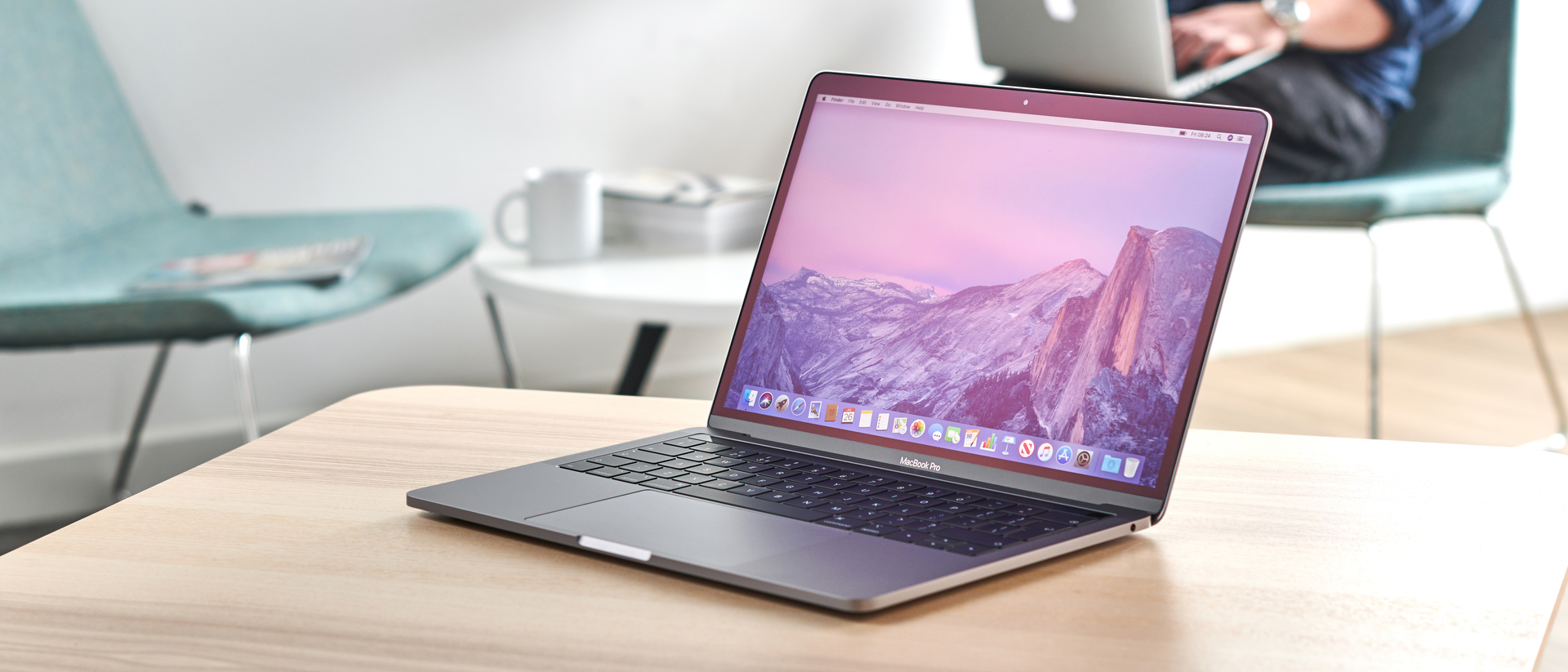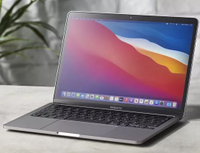TechRadar Verdict
The MacBook Pro (13-inch, 2019) is a minor update to last year’s model, with slightly tweaked internals. The design remains the same, which is good news if you’re a fan of previous MacBook Pros, but if you’ve yet to be tempted by Apple’s pro laptops, there’s nothing new here to change your mind.
Pros
- +
Good build quality
- +
Thin and light design
- +
Decent performance
- +
Excellent battery life
Cons
- -
Pricey
- -
Not the most powerful laptop
- -
No option if you’re not interested in Touch Bar
- -
Same Butterfly keyboard switches
Why you can trust TechRadar
The new MacBook Pro (late 2020) is powered by Apple's first laptop processor, the M1. Benchmarks show that it makes a wonderful mobile workstation, a jaw dropping music production notebook and a groundbreaking video editing laptop.
The MacBook Pro 13-inch 2019 was a brilliant release for Apple in 2019. Thanks to its updated components and the addition of Apple’s Touch Bar, which is now in every 13-inch MacBook Pro 2019 model, the smallest MacBook Pro has perhaps received the biggest update out of the three 2019 MacBook revisions.
Arguably, these upgrades are relatively minor, but they’re still a welcome change. Now, the smallest MacBook Pro feels more of a laptop in its own right, and less like a compromise for those who cannot afford the 15-inch model. Even with the 16-inch MacBook Pro bringing in more features to the table, the MacBook Pro 13-inch 2019 still holds its own.
And, while it’s worth noting that the newly-released MacBook Pro 2020 (13-inch) base and middle configurations come with more storage than its 2019 counterparts, the older models are cheaper than ever before, making them a worthier purchase for those on a limited budget.
Apple has been successful in refreshing the smaller MacBook Pro to better suit the needs and expectations of modern customers. The MacBook Pro 13-inch 2019 is the best option for you, if you’re looking for a compact MacBook Pro that still offers plenty of oomph.
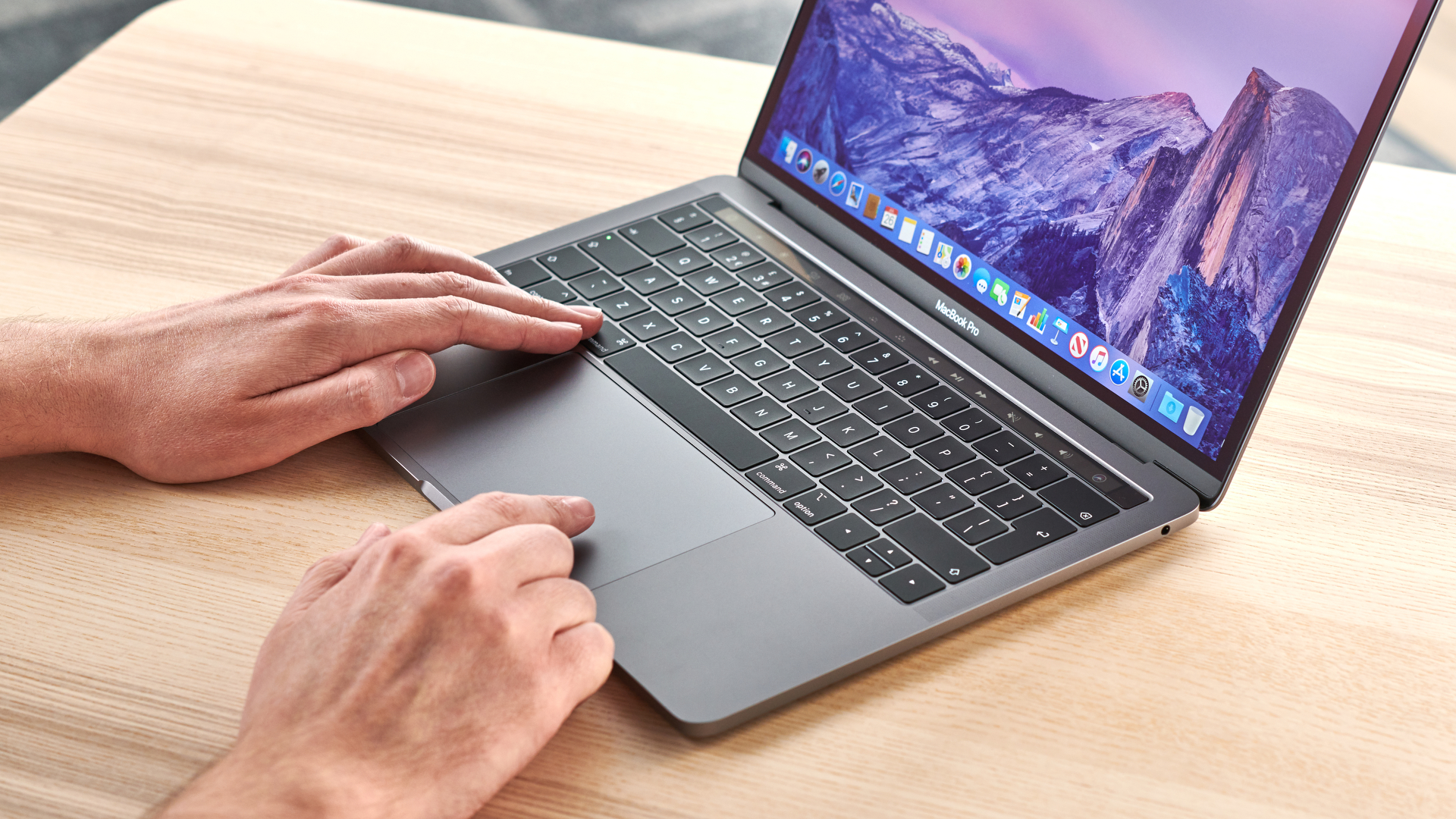
Here is the 13-inch MacBook Pro configuration sent to TechRadar for review:
CPU: 1.4GHz Intel Core i5 (quad-core, 8 threads, 8MB cache, up to 3.9GHz)
Graphics: Intel Iris Plus Graphics 645
RAM: 16GB (2,133MHz LPDDR3)
Screen: 13.3-inch, 2,560 x 1,600 Retina display (backlit LED, IPS, 500 nits brightness, wide color P3 gamut)
Storage: 2TB SSD
Ports: 2x Thunderbolt 3 (USB-C), 3.5mm headphone jack
Connectivity: 802.11ac Wi-F, Bluetooth 5.0
Camera: 720p FaceTime HD webcam
Weight: 3.02 pounds (1.37kg)
Size: 11.97 x 8.36 x 0.59 inches (30.41 x 21.24 x 1.49cm; W x D x H)
Price and availability
When it comes to price, not a huge amount has changed for the MacBook Pro (13-inch, 2019). It’s still the cheapest way to get a new MacBook Pro, but it also remains one of the most expensive 13-inch laptops on the market.
As usual, there are a number of configurations available, and these can be tweaked to get a MacBook Pro (13-inch, 2019) that best suits your needs and budget.
The base 13-inch MacBook Pro comes with a 1.4GHz quad-core 8th generation Intel Core i5 processor, Intel Iris Plus Graphics 645, 8GB 2133MHz LPDDR3 memory and 128GB SSD storage, and costs $1,299/£1,299/AU$1,999.
Then, there’s a mid-range model that comes with the same processor and RAM, but doubles the amount of storage space to 256GB for $1,499/£1,499/AU$2,299.
Finally, there’s a high-end version with a more powerful 2.4GHz quad-core 8th generation processor for $1,799/£1,799/AU$2,699.
If you want to configure the MacBook Pro (13-inch, 2019) with more powerful components, you can add a 2.4GHz 8th generation Intel Core i7 processor for an additional $300/£270/AU$480, and double the amount of RAM to 16GB for an extra $200/£180/AU$320.
Storage can also be increasing in increments up to 2TB – though the price rises pretty steeply.
So, for a fully specced-out MacBook Pro (13-inch, 2019), you’re looking at $3,099/£3,049/AU$4,699.
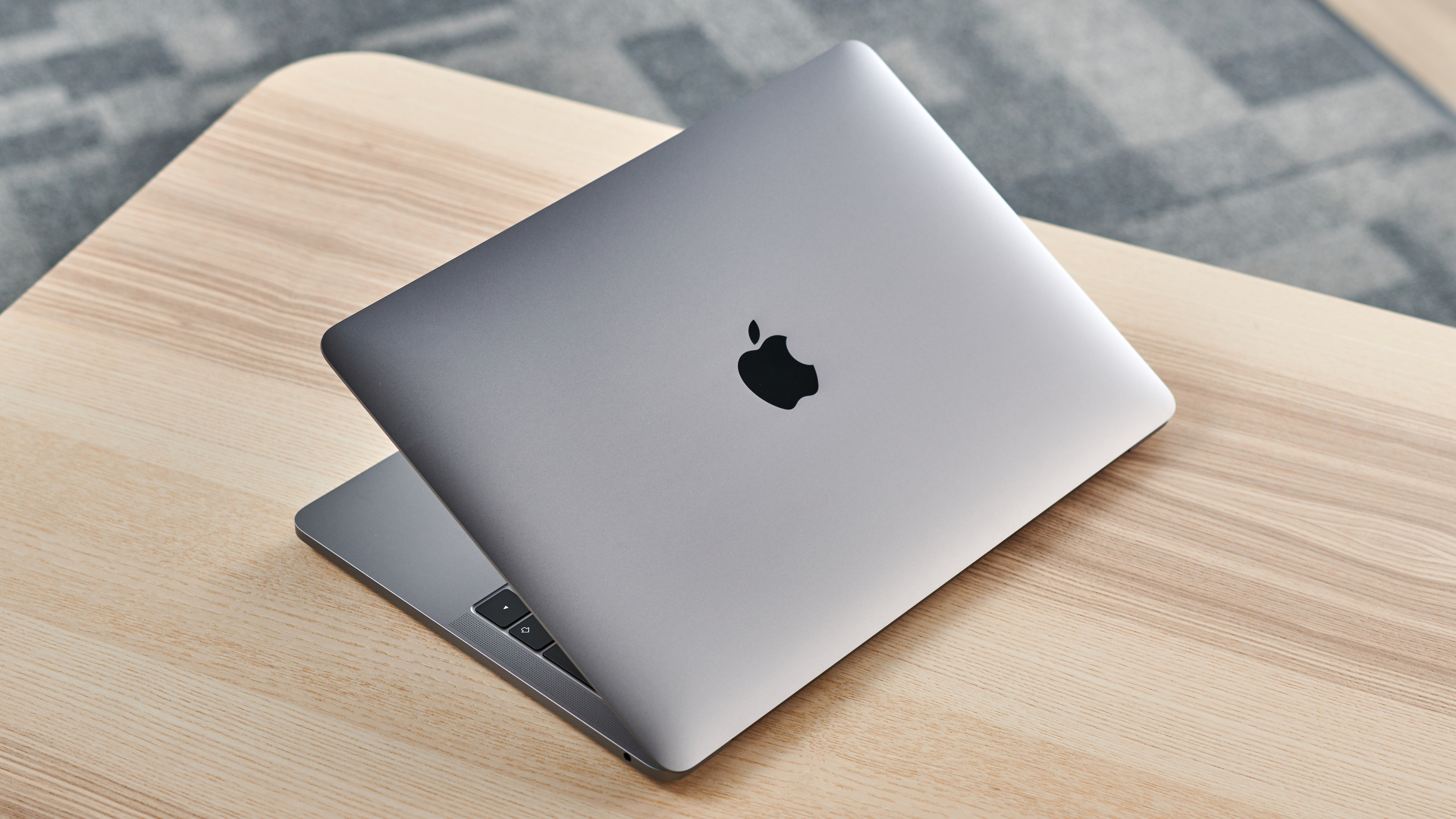
All models come with a Retina display, Touch Bar, Touch ID (for logging on using your fingerprint), and integrated graphics.
These prices are roughly in line with the MacBook Pro with Touch Bar (13-inch, mid-2018)’s prices when it launched last year, with the mid- and top-range laptops costing $1,799 (£1,749, AU$2,699) and $1,999 (£1,949, AU$2,999), respectively.
So, the 2019 model actually gets a bit of a price cut at the high end, making it better value.
Meanwhile, this year’s MacBook Pro 15-inch starts with a 2.6GHz 6-core 9th generation Intel Core i7 processor, Radeon Pro 555X with 4GB of GDDR5 memory, 16GB 2400MHz DDR4 RAM and 256GB SSD storage for $2,399 (£2,399, AU$3,499/AED9,999) and increase in price from there.
That means the MacBook Pro (13-inch, 2019) is a much more affordable laptop, though its specs still can’t compete with the 15-inch version. If you’re after absolute power, the larger device is still the one to go for.
The MacBook Pro (13-inch, 2019)’s biggest Windows competitor is the superb Dell XPS 13, and with Dell’s premium pricing, Apple’s MacBook Pro again looks like pretty good value. The Dell XPS 13 comes in a variety of configurations, but a similarly specced XPS 13, with an 8th generation Intel Core i5-8265U processor, 8GB RAM and 256GB SSD costs $1,079.99 (around £880, AU$1,600). That’s with a 1080p screen, though.
If you want one with a 4K screen, beating the Retina display of the MacBook Pro (13-inch, 2019), the cost rises to $1,379.99 (around £1,140, AU$2,000), pretty much the same price as the entry-level MacBook Pro 13-inch, but with a higher resolution screen and more storage space than Apple’s offering.
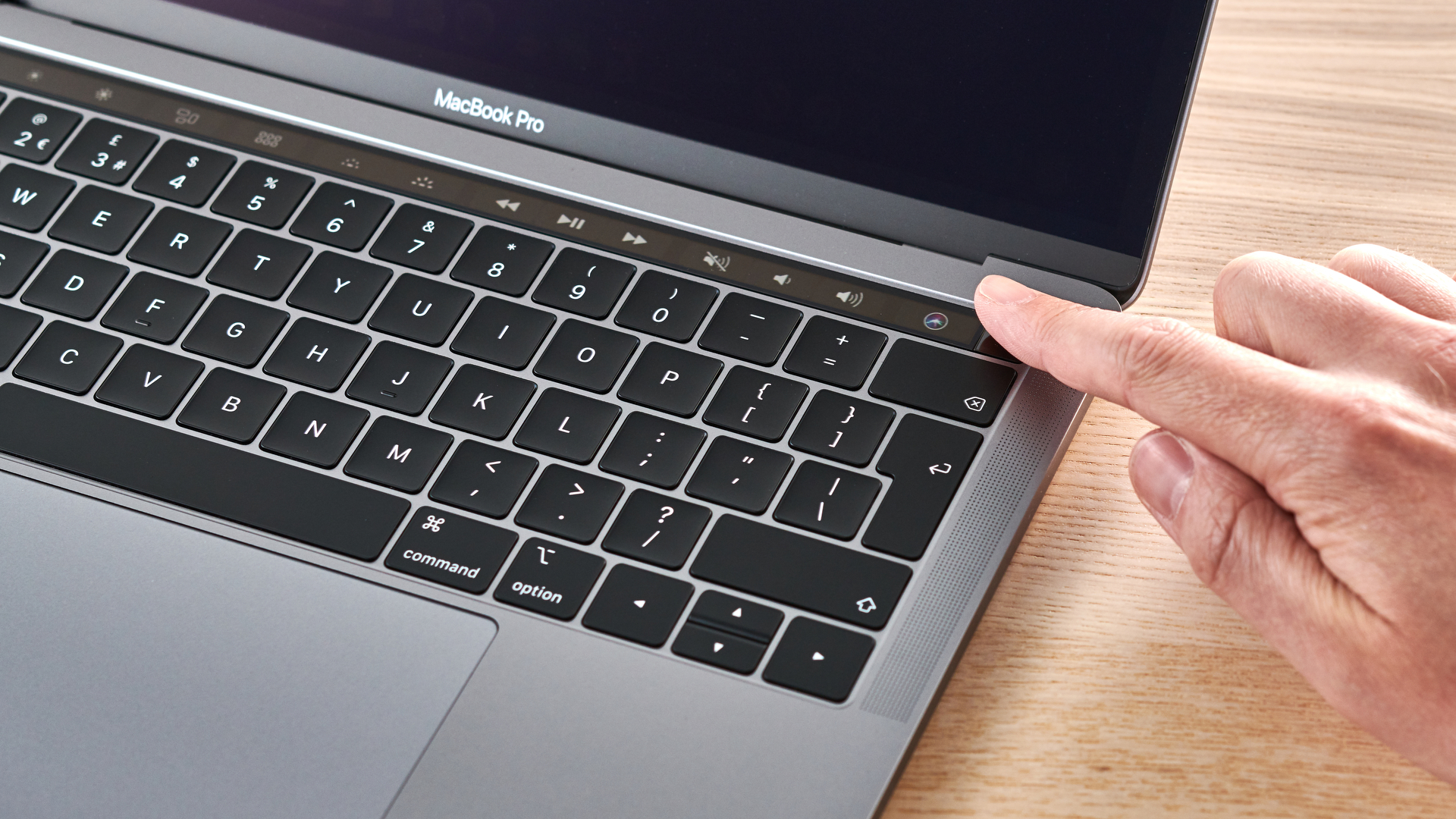
Design
Like the other 2019 MacBook refreshes, the design of the MacBook Pro (13-inch, 2019) is pretty much identical, except for the fact that there’s no longer a version without the Touch Bar.
This is a thin glass touchscreen that stretches along the top of the keyboard, displaying context-sensitive buttons. A growing number of third-party apps now support the Touch Bar, which means they are able to display their own buttons when used. This can be genuinely useful, and can boost productivity in some cases.
If you think the Touch Bar is an interesting addition, then the fact that all models of the MacBook Pro 13-inch now come with it will make life easier – as before it could get confusing which ones featured it, which ones didn’t.
However, if you think the Touch Bar is just a gimmick – and there are plenty of people out there who do think that – then you no longer have the option to save a bit of money and go for a model without the Touch Bar – unless you buy an older model, anyway.
All models of the MacBook Pro 13-inch now also come with Touch ID, which is a small sensor on the right of the Touch Bar that can read your fingerprint. This can then be used to securely log into macOS, and you can also use it to make purchases with Apple Pay or quickly enter in passwords.
As far as fingerprint sensors that are included in laptops go, we’ve found the Touch ID to easily be one of the best. Whereas some fingerprint scanners take a few tries before logging in, we found the Touch ID of MacBook Pro (13-inch, 2019) to recognise fingerprints quickly and accurately.
The MacBook Pro (13-inch, 2019) also features Apple’s bespoke T2 Security chip that ensures the data you store on the laptop is secure and encrypted. It’s nice to see these features of the larger MacBook Pro come to all 13-inch models.
Elsewhere, the design of the MacBook Pro (13-inch, 2019) is exactly the same as last year’s model – which will disappoint anyone hoping for a new look, especially considering that 2018’s model had the same design as 2017’s.

So, you get a 13.3-inch IPS display with a 2,560 x 1,600 Retina resolution, along with P3 color gamut support (essential for accurate colors for photographers and digital creatives) and True Tone technology (less essential, as it effectively alters the colors of the display according to the ambient light you’re working in). As we mentioned in our review of last year’s model, True Tone’s suitability depends on the kind of pro user you are. If you work in any sort of visual art, you’re almost certain to turn it off. Its presence on the 13-inch MacBook Pro ought to be welcomed by students, writers and other mobile workers.
A 720p FaceTime HD camera sits above the screen, and the dimensions are exactly the same as last year’s model with Touch Bar, so you’re looking at a size of 11.97 x 8.36 x 0.59 inches (30.41 x 21.24 x 1.49cm) and a weight of 3.02 pounds (1.37kg).
This is where Apple’s reluctance to deviate from its previous designs is welcome, as the MacBook Pro (13-inch, 2019) remains an impressively thin and light device. As with previous models, it is available in either Space Gray or Silver, and Apple’s usual flair for design and build quality is present and correct. If you’re a fan of Apple’s devices, there’s a lot to like here. If previous Apple laptops have left you feeling a bit cold, however, then the company has done nothing to change your mind with this year’s model.
As with previous versions, and the larger 15-inch model, the MacBook Pro (13-inch, 2019) is limited when it comes to ports, with only two Thunderbolt 3 ports and an audio jack for plugging in a headset.
While this arguably keeps the design of the MacBook Pro (13-inch, 2019) thin and light, and Thunderbolt 3 is a flexible port that allows you to plug in a range of modern peripherals, it does mean if you have older devices that use larger USB connections, then you’ll need to use an adapter. Not only is this an added expense, but it somewhat ruins the slimline design of the MacBook Pro (13-inch, 2019). As the Thunderbolt 3 ports can also be used to power the MacBook Pro, it means available ports are further limited when you’re charging the laptop’s battery.
As a laptop aimed at professionals, we’ve long complained about the fact that modern MacBook Pros only offer Thunderbolt 3 ports – as professional laptops should put productivity before anything else, especially style – but Apple is determined to stick with the limited ports. For a better port selection, maybe look at the Razer Blade Pro 17, which offers a wide selection of ports, including an Ethernet port, USB 3.2 ports, USB-C port HDMI and SD card reader, all while remaining impressively slim.
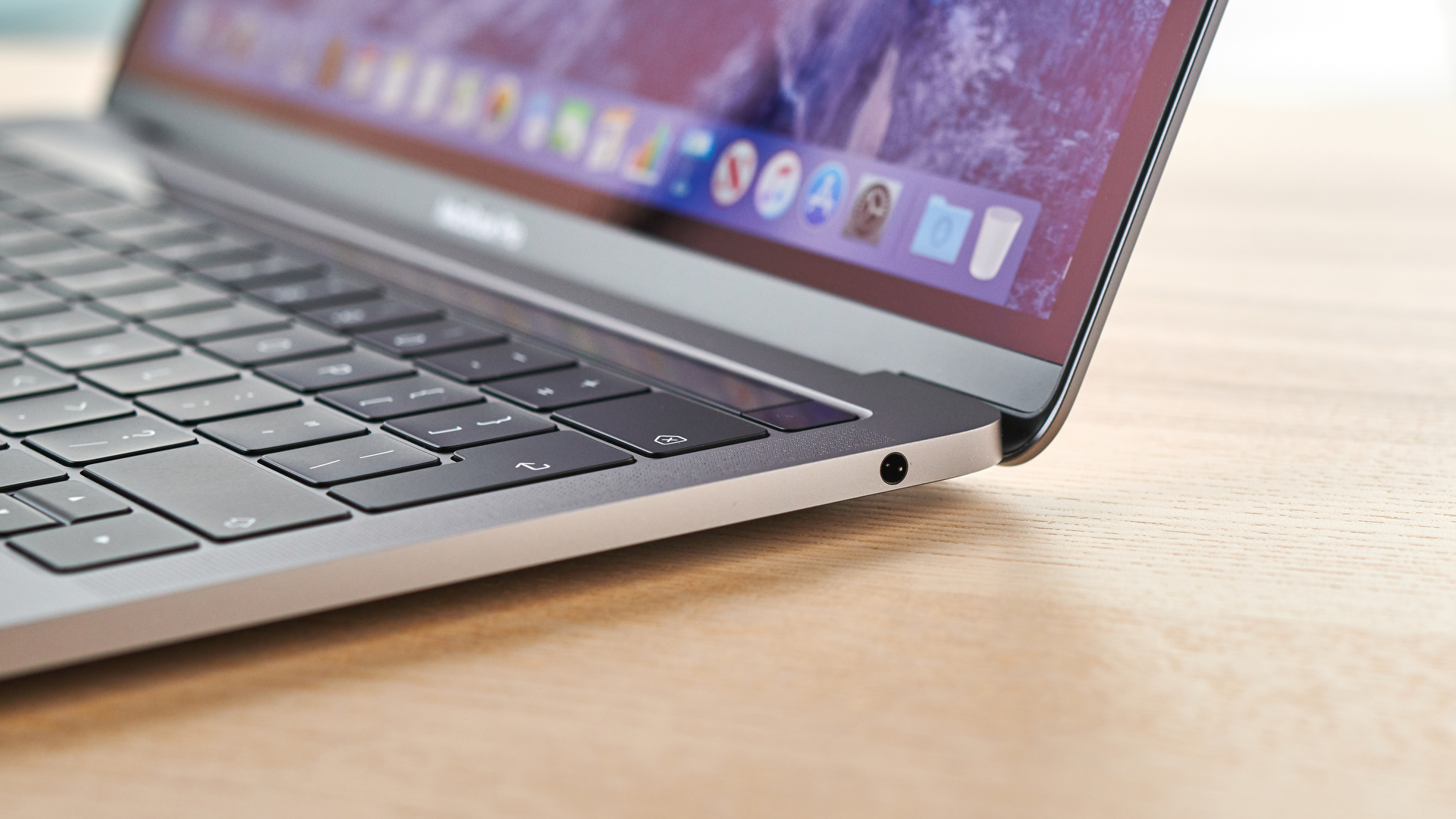
Another thing to note is that the two Thunderbolt 3 ports of the MacBook Pro (13-inch, 2019) are both on the left-hand side of the laptop. This can make it a bit fiddly when connecting the power supply, depending on where you’re sitting, and it can quickly become cluttered if you need to plug in more than one peripheral.
However, if you purchase the high-end model of the MacBook Pro (13-inch, 2019), you actually get four Thunderbolt 3 ports in total (another two are added to the right-hand side), which makes things a little easier.
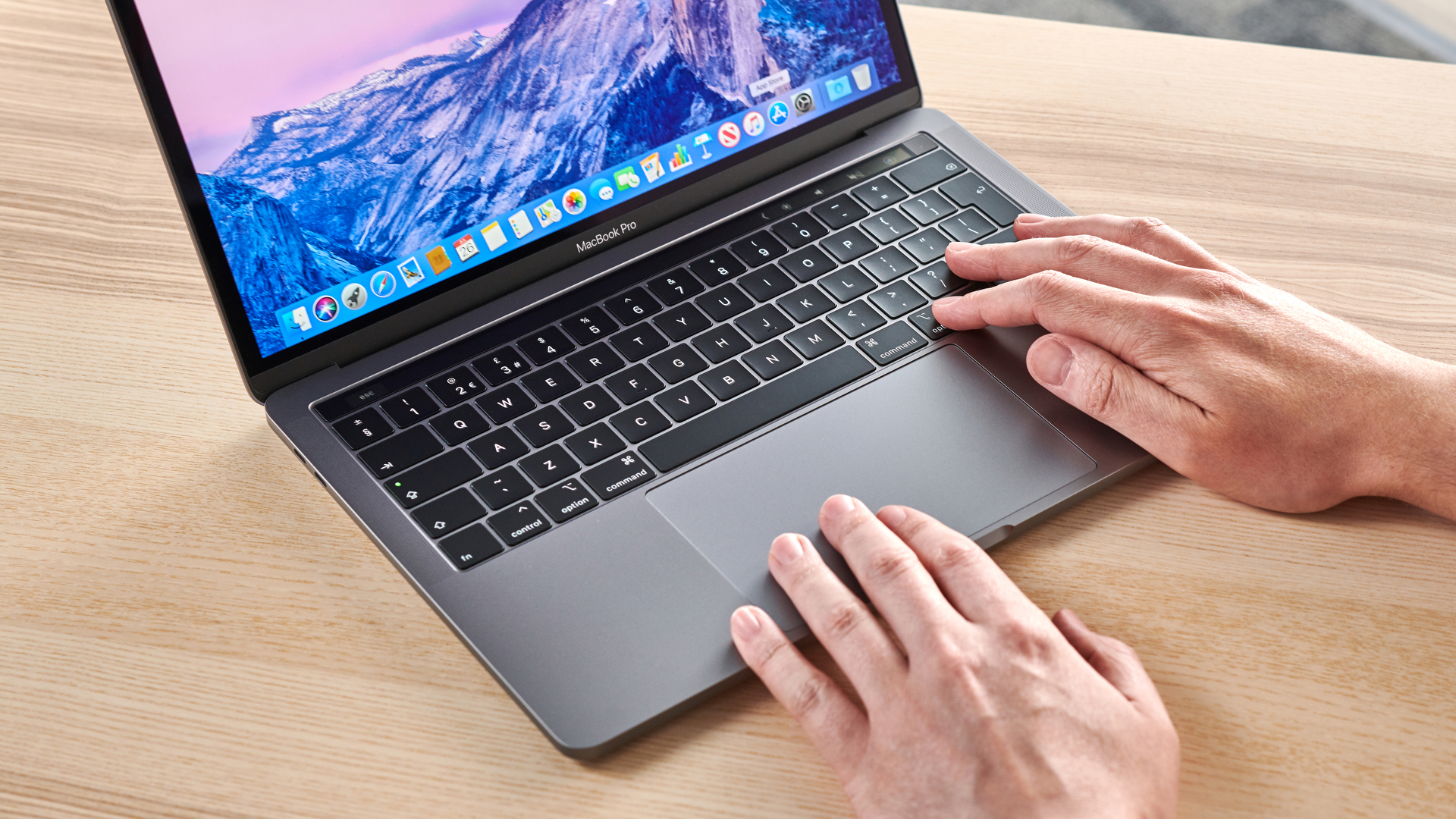
Keyboard complaints
One thing that Apple has kept, which will disappoint many people, is the ‘Butterfly’ switch keyboard of previous MacBooks. These switches have been prone to issues, and there have been frequent complaints that the keyboards can malfunction, especially if debris (like crumbs or dust) get between the keys.
While Apple has tweaked the design of the keyboard for the MacBook Pro (13-inch, 2019), it remains essentially the same keyboard which has seen so many problems, and that could make people who are worried about encountering the issues wary of buying the new MacBook Pro.
In fact, Apple includes the new MacBook Pro 2019 models in its Keyboard Service Program, which will replace a faulty keyboard free of charge, which suggests that Apple hasn’t completely resolved the issue.
It’s frustrating that Apple has continued to use Butterfly switches for the MacBook Pro (13-inch, 2019)’s keyboard considering how much flak it’s got for the ongoing issues.
At least Apple has made some changes to the keyboard, and now uses a different material for the mechanism to reduce the probability of the keys getting stuck or becoming unresponsive when pressed. Hopefully that should go some way to reducing the number of faulty keyboards, and assuage some of the fears potential customers might have.
It hasn’t drastically changed the way the keyboard feels to type on, and despite the smaller size of the 13-inch model, the keyboard remains the same size as the one found on the 15-inch MacBook Pro, which means the keys are nice and big and easy to hit. They are also backlit for when you’re working in darker environments.
If you’ve never encountered an issue with the keyboards on previous MacBook Pros, then you’ll be happy enough with the one on the MacBook Pro (13-inch, 2019). However, if you’ve suffered from faulty MacBook Pro keyboards in the past, Apple’s decision to stick with the keyboard (albeit with some minor tweaks) may make you reconsider your purchase. Let’s hope that any 13-inch MacBook Pro for 2020 comes with a radically new keyboard.

Matt is TechRadar's Managing Editor for Core Tech, looking after computing and mobile technology. Having written for a number of publications such as PC Plus, PC Format, T3 and Linux Format, there's no aspect of technology that Matt isn't passionate about, especially computing and PC gaming. He’s personally reviewed and used most of the laptops in our best laptops guide - and since joining TechRadar in 2014, he's reviewed over 250 laptops and computing accessories personally.
